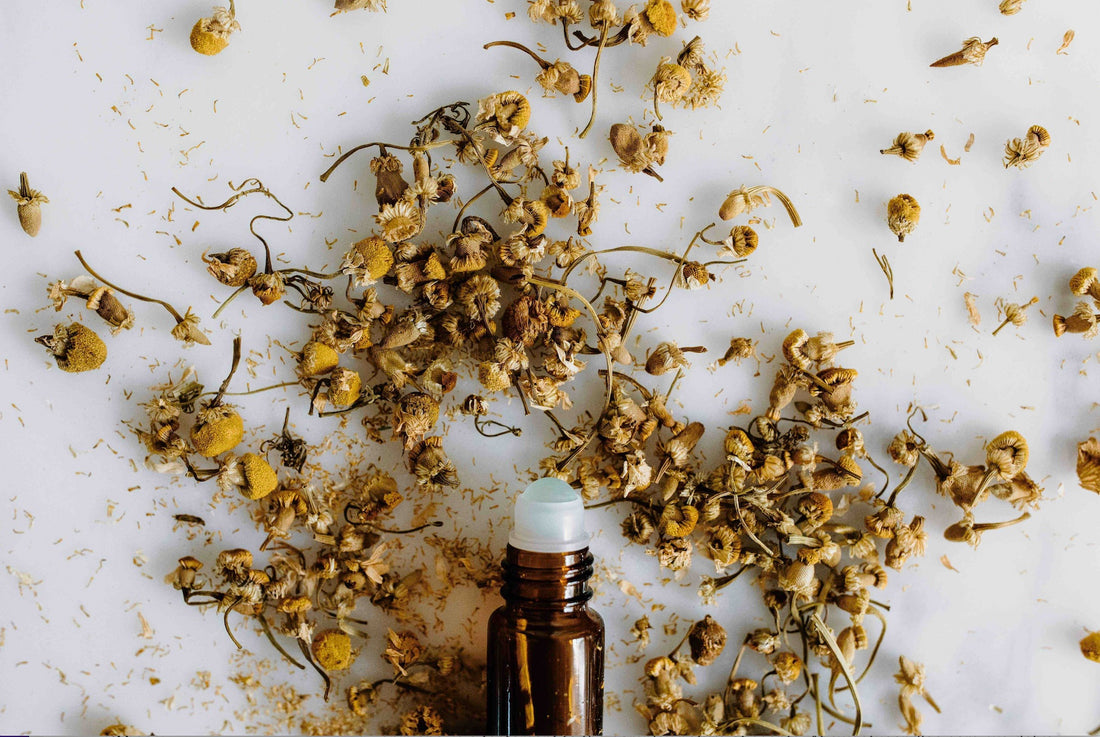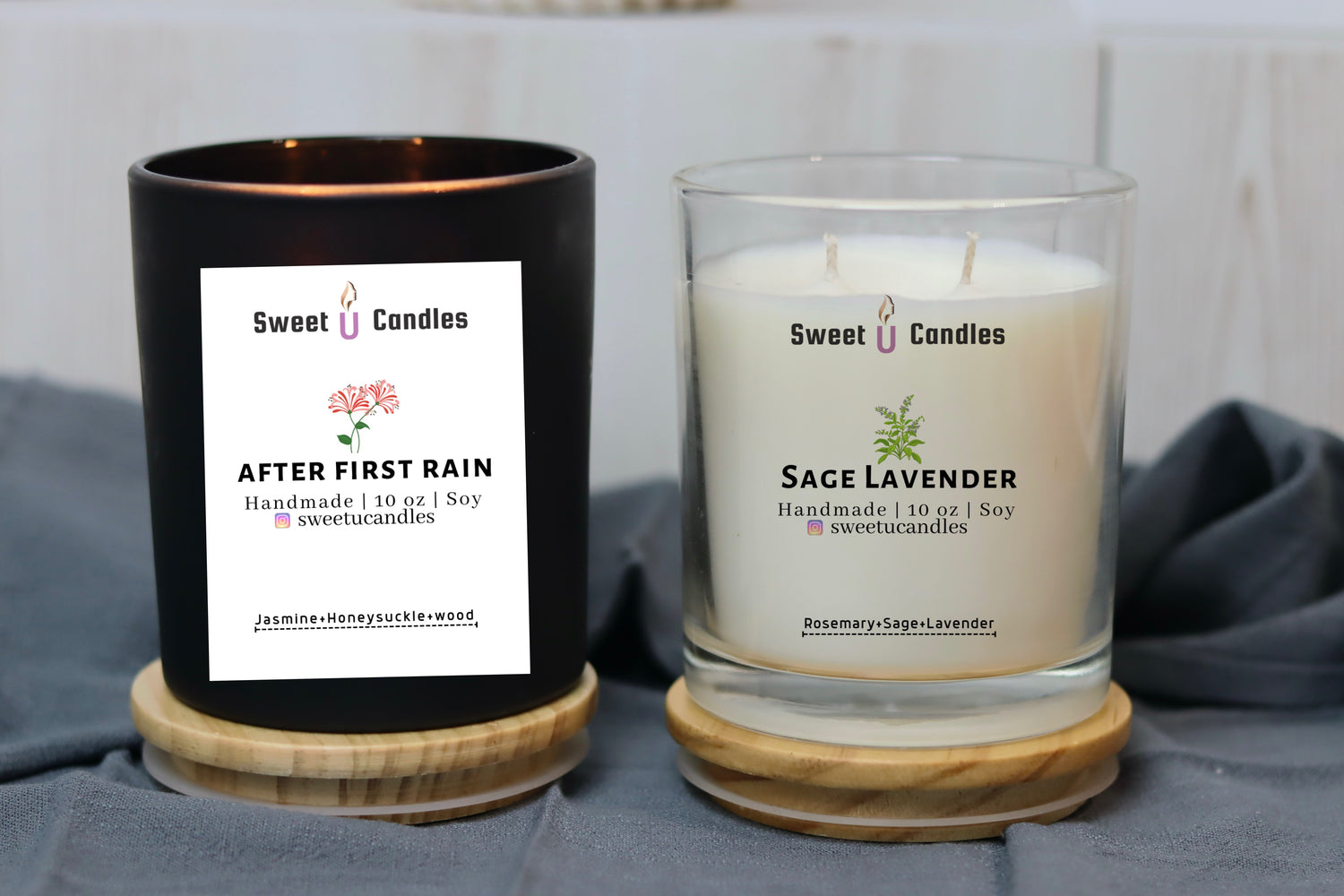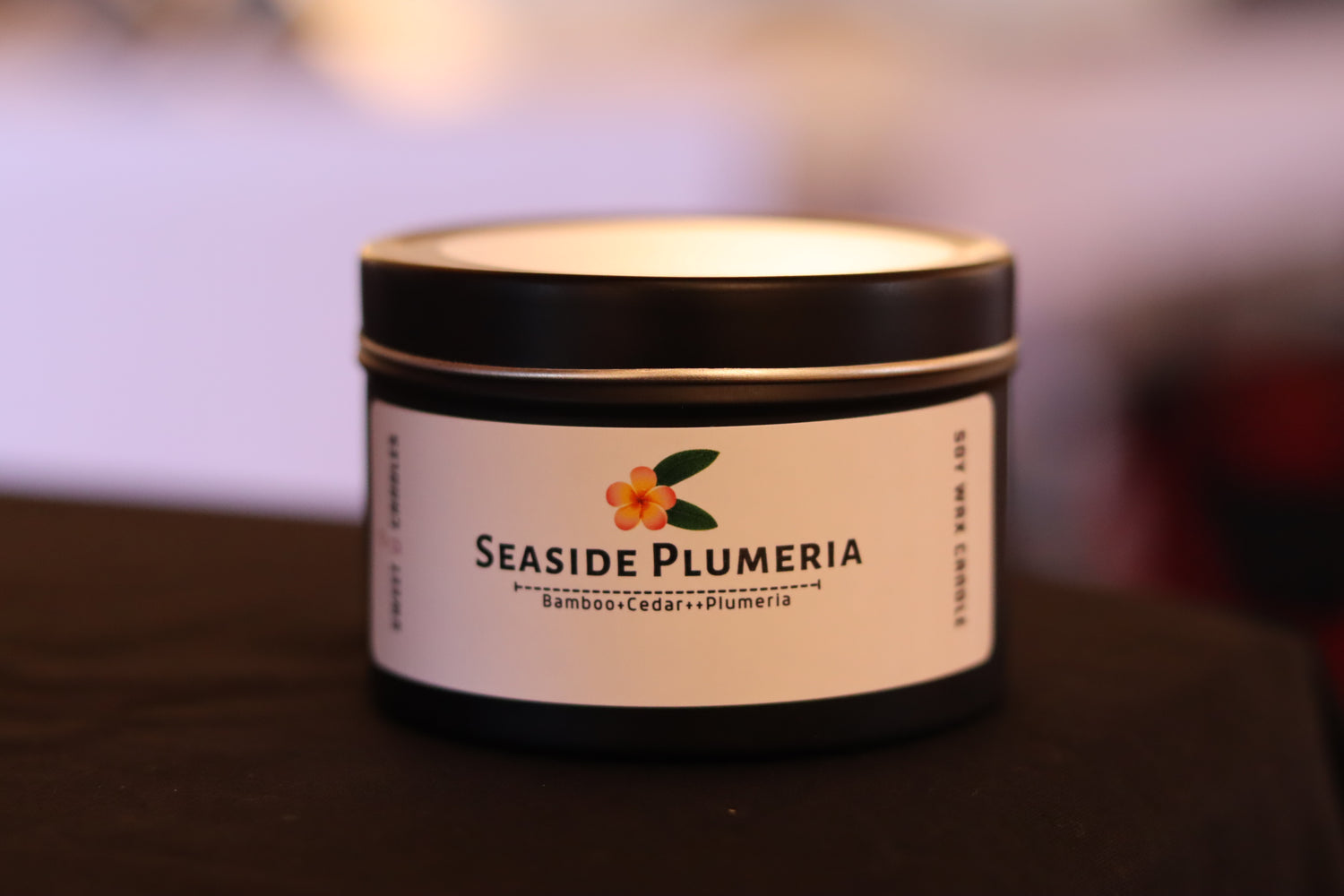Introduction: Embracing the Complexity of Patchouli
Patchouli, a fragrance that divides opinions, is a testament to the complex nature of scents. At sweetucandles.com, we delve into the heart of this enigmatic aroma, exploring its multifaceted character. From its earthy depths to its spicy, sweet whispers, patchouli is a scent that demands attention and respect.
Tracing the Roots of Patchouli
Origin and Historical Significance
Patchouli, or Pogostemon cablin, is a bushy herb from the mint family, originating in the lush landscapes of Southeast Asia. This plant, with its large, furry leaves and delicate purple-white flowers, has a rich history intertwined with human culture.
Patchouli's Global Journey
The story of patchouli is a narrative of travel and transformation. Used traditionally in South India for its medicinal properties and as an insect repellent, patchouli became a staple in protecting valuable silk cargoes along the Silk Road. This journey introduced its unique aroma to new worlds, eventually leading to its arrival in Europe, where it became a symbol of exotic luxury and intrigue.
From Hippie Culture to High-End Perfumery
In the West, patchouli's popularity peaked during the 60s and 70s, becoming synonymous with the counterculture movement. However, its journey didn't end there. Today, patchouli is a celebrated ingredient in some of the world's most sophisticated and luxurious perfumes, transcending its bohemian associations.
Decoding the Scent of Patchouli
The Aroma Profile
Patchouli's scent is a complex tapestry of earthy, musky, and sweet notes, with a spicy, woody backdrop. This rich blend makes it a cherished ingredient in the woody fragrance family, capable of adding depth and warmth to a perfume.
Perceptions and Preferences
The aroma of patchouli can be polarizing. While some are enchanted by its rich and nuanced character, others find its earthiness too intense. The quality of the patchouli oil plays a crucial role in its perception, with higher-grade oils offering a more refined and pleasing scent.
Patchouli's Role in Modern Perfumery
Patchouli as a Base Note
In perfumery, patchouli's robust nature makes it an ideal base note. It serves as a foundation for ambery, fougère, and chypre fragrances, blending harmoniously with various scents like bergamot, lavender, geranium, sandalwood, and vetiver.
Showcase of Patchouli-Based Fragrances
Our own fragrance collections, including Soul Meditation, Hiking Trail, and Egyptian Amber, demonstrate patchouli's versatility. These perfumes highlight how patchouli can elevate a scent, adding sophistication and complexity.
The Science Behind Patchouli's Aroma
Extraction and Distillation
The essence of patchouli is derived from its leaves and stems. The process involves careful harvesting, drying, and steam distillation to produce the essential oil.
Chemical Composition
Patchouli oil's distinct scent comes from compounds like patchoulol, norpatchoulenol, and germacrene-B. Each contributes to its earthy, sweet, and woody profile, with patchouli being the primary scent-bearing molecule.
Therapeutic and Romantic Aspects of Patchouli
Aromatherapy Benefits
In aromatherapy, patchouli is celebrated for its calming and mood-enhancing properties. It's believed to aid in emotional balance, reduce anxiety, and promote a sense of well-being.
Patchouli in Love and Romance
Historically used as an aphrodisiac, patchouli's influence on hormones like estrogen and testosterone has made it a symbol of sensuality and desire.
Conclusion
Patchouli's journey from a traditional herb to a modern fragrance icon is a story of evolution and enduring appeal. Its complex scent, versatility in perfumery, and therapeutic benefits ensure that patchouli remains a beloved and captivating fragrance.




